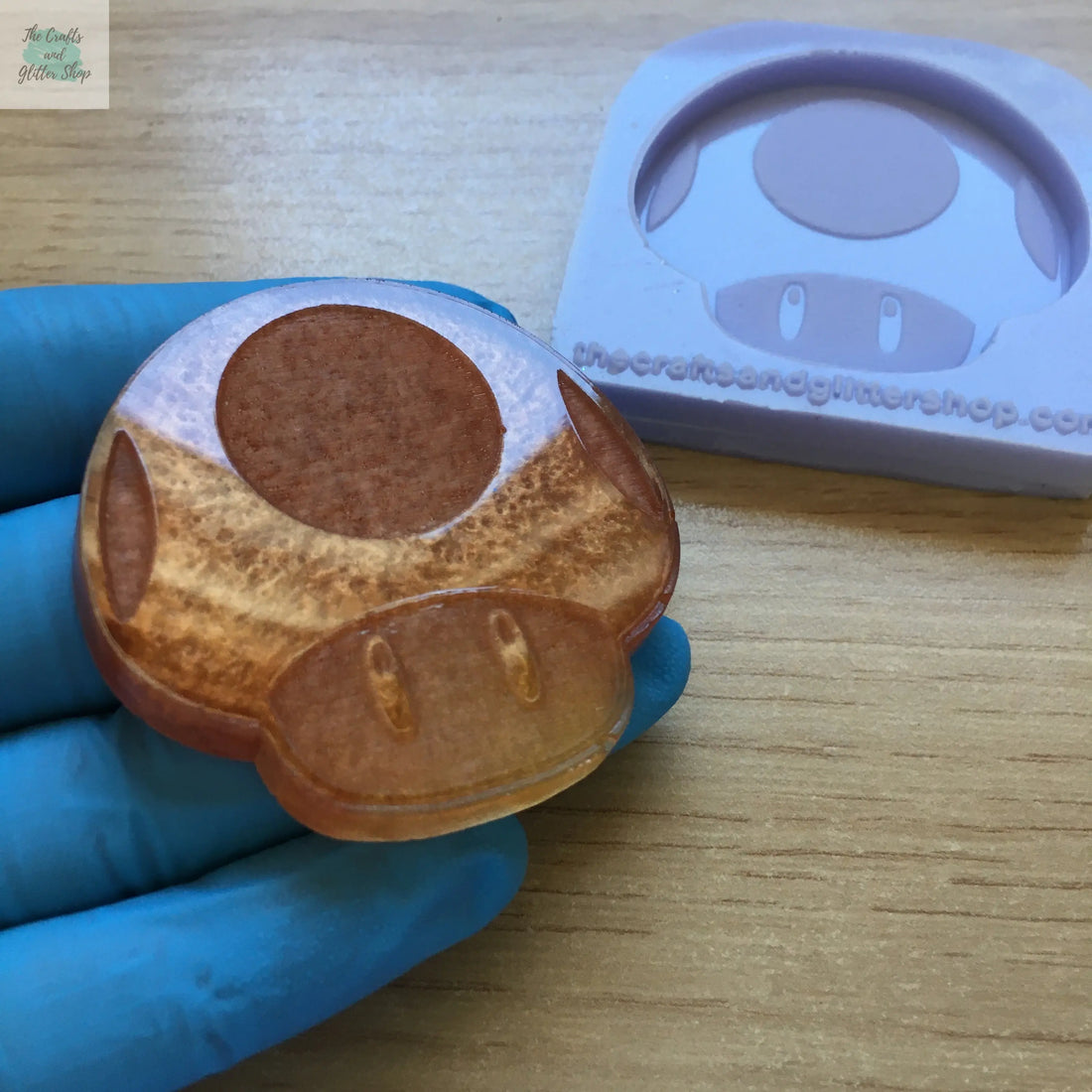
The Most Accurate Ways to Measure Resin
Share
Resin is a versatile material that is used in a variety of applications, from crafting to industrial manufacturing. Whether you are a beginner or an experienced user, it is crucial to measure resin correctly to ensure accurate and consistent results. In this blog post, we will explore the best practices for measuring resin and provide you with some tips to achieve optimal outcomes.
Why is accurate resin measurement important?
Accurate resin measurement is essential because it directly affects the properties and performance of the final product. Improper measurements can lead to resin that is too thick or too thin, resulting in weak or brittle finished products. Additionally, incorrect measurements can affect the curing time and the overall quality of the resin. Therefore, it is crucial to follow the recommended measurements to achieve the desired results.
Use a digital scale for precise measurements
When measuring resin, it is recommended to use a digital scale rather than relying on volume measurements. This is because resin can vary in density, and volume measurements may not be as accurate. A digital scale allows you to measure the resin by weight, ensuring precise and consistent results.
Follow the manufacturer's instructions
Each brand and type of resin may have specific instructions for measuring and mixing. It is important to carefully read and follow the manufacturer's guidelines to ensure the best results. The instructions will include the recommended resin-to-hardener ratio, the mixing time, and any other important details. By following the instructions, you can avoid potential issues and achieve optimal curing and performance.
Measure by weight, not volume
As mentioned earlier, measuring resin by weight is more accurate than measuring by volume. This is because resin can be affected by factors such as temperature and humidity, which can alter its volume. By measuring by weight, you can ensure consistent results regardless of environmental conditions.
Use separate measuring tools for resin and hardener
When working with resin that requires a separate hardener, it is important to use separate measuring tools for each component. This prevents cross-contamination and ensures the correct resin-to-hardener ratio. Mixing the resin and hardener in the correct proportions is crucial for achieving the desired curing and performance properties.
Practice proper safety precautions
When working with resin, it is important to prioritize safety. Wear appropriate protective gear, such as gloves and goggles, to protect yourself from potential hazards. Additionally, work in a well-ventilated area to avoid inhaling fumes. Follow the manufacturer's safety guidelines and dispose of any waste materials properly.
Conclusion
Measuring resin correctly is crucial for achieving accurate and consistent results in various applications. By using a digital scale, following the manufacturer's instructions, measuring by weight, using separate measuring tools, and practicing proper safety precautions, you can ensure optimal outcomes. Remember to always read and follow the specific instructions provided by the resin manufacturer to achieve the best results. Happy resin crafting!
